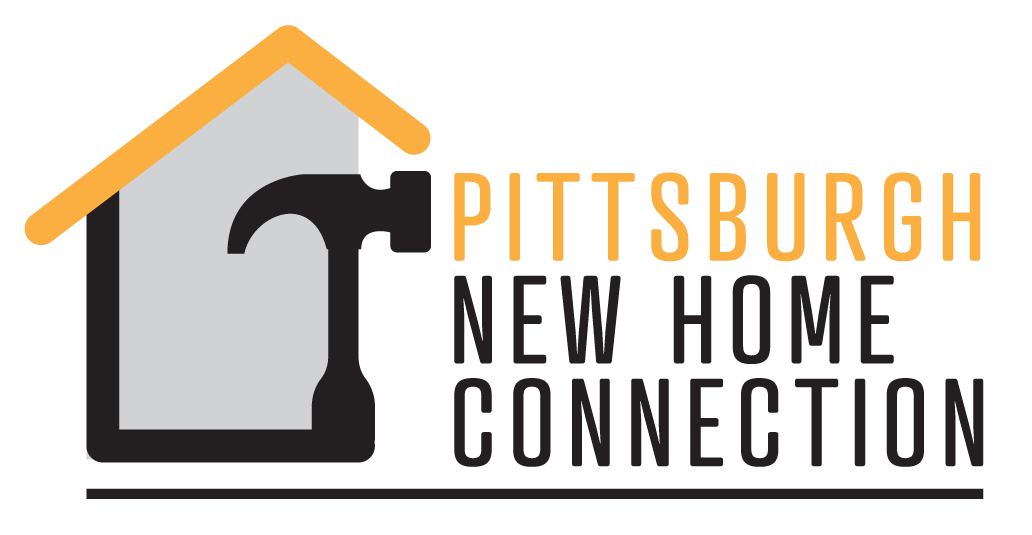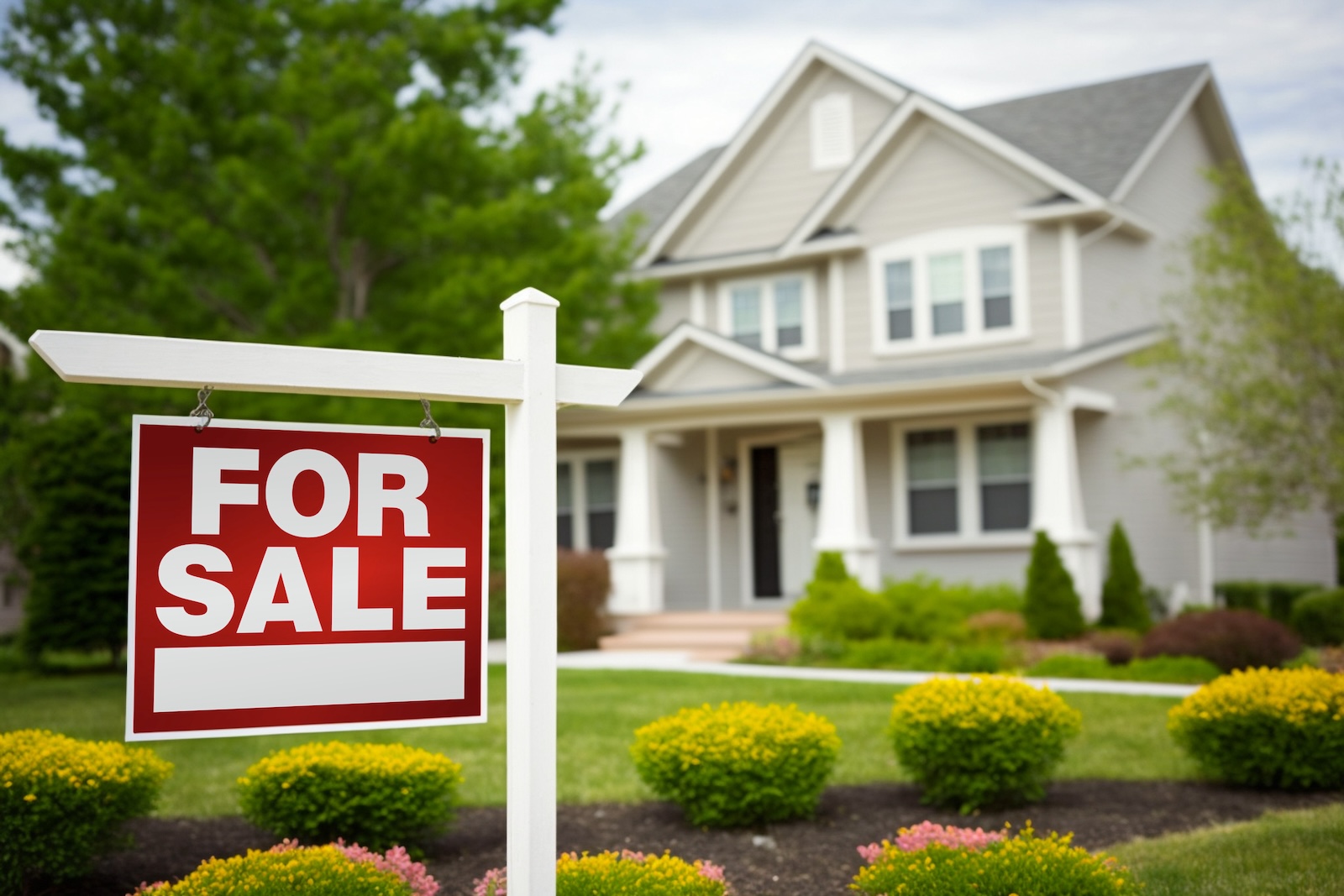If you’re looking to buy a brand-new home in our Steel City, you’re not alone. New construction homes in Pittsburgh are in high demand, as thousands of people have recently moved here, seeking the ultimate dream home with more modern designs, energy efficiency, and minimal maintenance.
However, while there are many new home developments in the Pittsburgh area, homebuyers are running into unexpected hurdles as they begin their search for new homes for sale.
Whether you’re looking in Cranberry Township, Peters Township, Robinson, or closer to the city in places like Squirrel Hill or Mt. Washington, understanding the challenges ahead can help you make smarter homebuying decisions. Let’s take a closer look at six of the biggest hurdles that homebuyers face when navigating Pittsburgh’s new construction housing market, and what you can do to overcome them.
1. High Interest Rates for New Homes for Sale in Pittsburgh
There’s no question that high interest rates can limit affordable options for buyers searching for new homes for sale in Pittsburgh. In spite of a slight drop in recent months, interest rates have remained stubbornly high in 2025, often hovering above 6.5% for a 30-year mortgage.
High interest rates make a big impact on your monthly mortgage payment. This is especially the case for new construction homes in the Pittsburgh Metro, which tend to come with a premium price tag. A rate increase of just 1% can cost you hundreds of dollars more each month on a $400,000 loan.
Expert Tip: If you’ve been pre-approved for a certain amount for your home mortgage loan, double-check that your budget still aligns with current interest rates. Some builders in the Pittsburgh area offer financing incentives or rate buydowns. These programs can offer short-term or permanent reductions in your interest rate. Don’t be afraid to ask about these financing incentives and opportunities to increase your new home buying power.
2. Limited Inventory of Move-In Ready Homes
You’re probably familiar with this scenario: You’ve sold your current home, the kids are enrolled in school, and you’re ready to move to the Pittsburgh area. But then the builder tells you it will take over a year to finish construction. Sound familiar?
Construction Lags and Existing Supply
New homes come into the market in various stages; some are just permitted, some are under construction, and only a minority are actually move-in ready. According to the National Association of Home Builders (NAHB), just 21% of new home inventory in the U.S. consisted of completed, ready-to-occupy homes in 2024. The lag between permitting, construction, and completion makes it difficult for builders to keep up with real-time demand for move-in-ready properties.
Regional Housing Trends
The Midwest and Northeast, including Pittsburgh, have not built as many new homes in recent years compared to other regions. This has compounded the issue in the local Pittsburgh Metro market, resulting in persistently low levels of completed inventory for new buyers.
High Demand Meets Low Resale Inventory
Many would-be sellers are hesitant to list their homes due to higher mortgage rates compared to the low rates locked in during the pandemic years. This “rate lock-in effect” has reduced the number of existing homes available, pushing more buyers into the new construction market for move-in-ready options, which in turn increases competition among buyers and further reduces inventory.
Expert Tip: Most Pittsburgh-area builders are prioritizing pre-sold homes over speculative builds. That means fewer quick move-in homes are available, especially in popular neighborhoods like Wexford, South Fayette, and Mars. If your timeline is tight, work with a local real estate expert who can help you track down the few inventory homes that are move-in ready or are nearly complete.
3. Affordability Challenges in Prime Pittsburgh Locations
The Pittsburgh Metro area may be more affordable than other large U.S. cities, but prices for new homes in top school districts can be steep. In areas like Upper St. Clair, Mt. Lebanon, and North Allegheny, starting prices for new construction homes and existing homes often exceed $375,000, sometimes by a wide margin.
According to the National Association of Realtors, only 8.7% of available homes in the U.S. are affordable to households earning $50,000 annually. The reality is that many new builds in desirable locations are now out of reach for first-time buyers and middle-income families.
Expert Tip: Consider exploring emerging communities in townships like Salem and Penn or parts of Washington County, where new homes for sale may be more affordable than in the immediate Pittsburgh metropolitan area. You can explore these and other new home communities through the Pittsburgh New Home Connection.
4. Long Build Times Due to Labor and Material Shortages
According to a study by the Home Builders Institute, in collaboration with the NAHB, construction times are becoming longer due to skilled labor shortages. These labor shortages continue to affect the construction industry nationwide, and Pittsburgh is no exception. Builders are dealing with backlogs in everything from framing crews to city inspections to custom cabinetry orders. The result? Build times that once took five to seven months now often take 8 to 12 months or more.
In addition to labor shortages, the construction industry has faced disruptions in the supply of materials over recent years, making it harder to finish homes quickly and restock inventory of completed, move-in-ready properties.
Expert Tip: Before signing a contract to purchase a new home in Pittsburgh, ask your builder about their realistic timeline for completion. Be sure your financing, lease agreements, or transitional housing plans account for potential delays.
5. Scarcity of Available Lots in Popular Pittsburgh Areas
Pittsburgh’s unique geography, including its hills, rivers, and urban infill, limits how much land is available for new home developments. This is especially true within the metro city limits and in older suburbs, where homes for sale are scarce and more expensive.
Many of the city’s vacant lots are in less desirable neighborhoods that have lost population and seen disinvestment. In the most sought-after neighborhoods, where demand for new homes is highest, there’s a shortage of available, buildable lots. As a result, the lots that are available rarely match where buyers most want to live.
Expert Tip: If you’re hoping to build in areas like Squirrel Hill, Highland Park, or Shaler Township, be prepared for limited options. Consider new home developments just outside of Pittsburgh, such as those in Findlay Township or Cecil Township, which are gaining popularity for their mix of space, price, and accessibility.
6. New Home Buyer Expectations vs. Market Reality
Let’s be honest: Many buyers are waiting for prices to drop or mortgage rates to fall. However, Pittsburgh’s new home market remains tight, especially in suburban communities with top-rated schools and high resale value.
Plus, many new buyers face stiff competition, with existing homes in popular areas often selling quickly and above asking price. The supply of new builds is particularly limited due to regulatory, land, and development constraints.
Expert Tip: The wait-and-see approach to home buying can lead to frustration, lost opportunities, and decision fatigue. While it’s important to be informed, it’s just as important to act when the right home, builder, and location come along. Prices aren’t likely to return to pre-2020 levels anytime soon.
It’s Still a Great Time to Buy a New Construction Home in Pittsburgh — If You’re Strategic
Pittsburgh continues to offer a diverse range of new home opportunities, from townhomes near the city to new construction homes in scenic communities North, South, East, and West of the city. However, navigating today’s market takes more than a Zillow search for “new homes for sale in Pittsburgh.”
To make the most of your homebuying journey, partner with local professionals who know the builders, understand the development pipeline, and can help you negotiate the right contract terms.
Fortunately, there are professionals who can help you explore new home construction options in the Pittsburgh area. For example, the Pittsburgh New Home Connection works with 10 top-rated, accredited builders who can help you choose your desired neighborhood and immerse yourself in our handpicked selection of premier communities. Visit our communities on our website to learn more about new construction options in the city and beyond.




